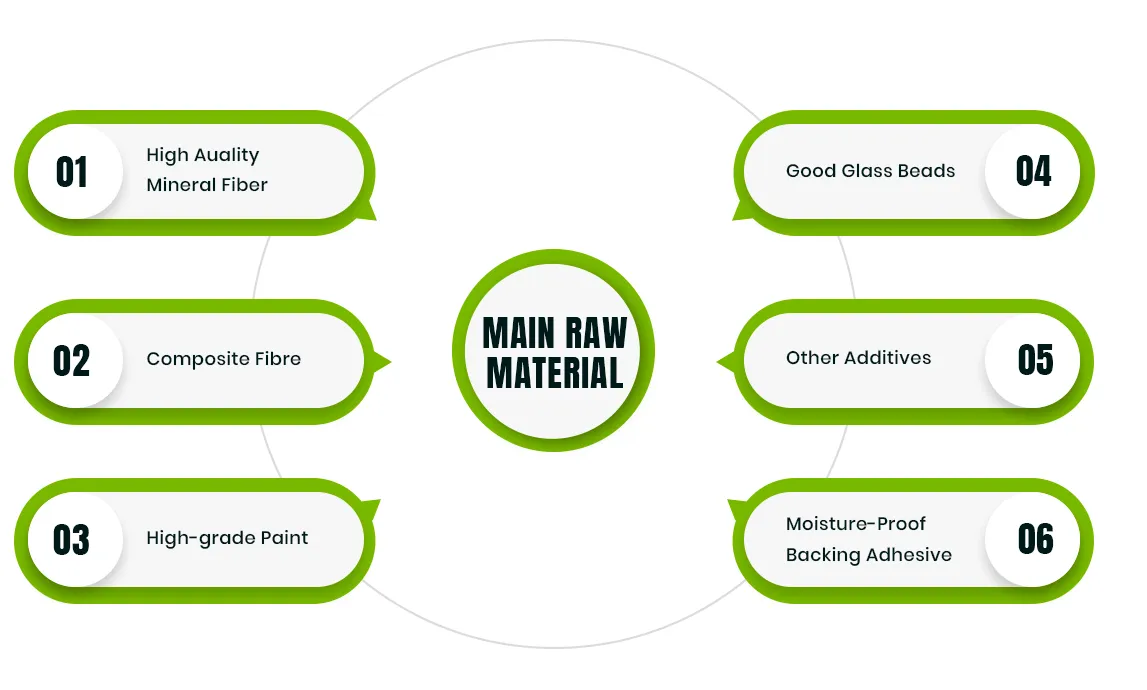- Afrikaans
- Albanian
- Amharic
- Arabic
- Armenian
- Azerbaijani
- Basque
- Belarusian
- Bengali
- Bosnian
- Bulgarian
- Catalan
- Cebuano
- Corsican
- Croatian
- Czech
- Danish
- Dutch
- English
- Esperanto
- Estonian
- French
- German
- Greek
- Hindi
- Indonesian
- irish
- Italian
- Japanese
- Korean
- Lao
- Malay
- Myanmar
- Norwegian
- Norwegian
- Polish
- Portuguese
- Romanian
- Russian
- Serbian
- Spanish
- Swedish
- Thai
- Turkish
- Ukrainian
- Uzbek
- Vietnamese
ديسمبر . 05, 2024 15:35 Back to list
ceiling grid bars
The Architectural Charm of Ceiling Grid Bars
Ceiling grid bars, often overlooked elements of architectural design, play a crucial role in both functionality and aesthetics within a space. These bars, which form the framework of suspended ceilings, not only support the ceiling tiles but also contribute to the overall ambiance and style of a room. Understanding the intricacies of ceiling grid bars can enhance one’s appreciation for modern architecture and interior design.
At their core, ceiling grid bars, commonly made from lightweight materials such as aluminum or galvanized steel, create a grid-like framework that holds ceiling tiles in place. This system is primarily used in commercial settings, but it is gradually finding its way into residential designs as more homeowners seek contemporary aesthetics and improved acoustics. The basic structure consists of main runners, which run the length of the room, and cross tees, which connect the main runners and form smaller squares that accommodate the ceiling tiles.
One of the most significant advantages of using ceiling grid bars is their versatility
. They can easily be installed or modified, allowing for changes in lighting fixtures, air conditioning vents, and other overhead systems without the need for extensive remodeling. This adaptability is particularly valuable in commercial environments, where office layouts may frequently change. The ease of access provided by suspended ceilings allows maintenance personnel to reach critical systems without disrupting the entire structure.Beyond their practicality, ceiling grid bars also offer a canvas for creativity. Designers can play with different types of ceiling tiles, selecting materials that range from traditional acoustical tiles to modern wood panels or decorative acoustic treatments. This enables the creation of visually stunning interiors. For instance, in a trendy café, designers might use grid bars and reclaimed wood tiles to introduce a rustic yet contemporary feel. In a corporate office, sleek metal tiles could convey a sense of professionalism and sophistication.
ceiling grid bars

Acoustics is another important consideration in the design of spaces utilizing ceiling grid bars. The grid system can significantly affect sound quality and reverberation within a room. Acoustic tiles are designed to absorb sound waves, reducing noise levels and creating a more pleasant environment for occupants. This is particularly crucial in open office designs and auditoriums where sound clarity is paramount. By strategically selecting ceiling tiles and adjusting the grid layout, designers can create optimal acoustic conditions tailored to specific functions.
The color of the grid bars themselves can significantly influence the perception of a room’s height and space. White is a popular choice for grid bars in most commercial settings, as it reflects light well and makes ceilings appear higher and more open. However, designers are increasingly exploring darker colors or even metallic finishes to create a striking contrast against lighter tiles, adding depth and dimension to a room.
Moreover, an innovative approach to ceiling grid bars involves integrating lighting into the grid system itself. With the advent of new technologies, LED fixtures can be seamlessly integrated within the grid, offering both functional lighting and a stylish aesthetic. This approach not only enhances illumination but also reduces clutter, allowing for cleaner lines and a more cohesive look in a space.
In conclusion, ceiling grid bars may seem like mere structural elements in a building, but their impact on design and functionality is profound. They serve as a support system for various ceiling materials, improve acoustics, and provide opportunities for creative expression. As interior design trends continue to evolve, the use of ceiling grid bars will likely become more innovative, merging style with practicality in both commercial and residential spaces. By appreciating these often-neglected features of architectural design, we can enhance our understanding of how they contribute to the beauty and functionality of our living and working environments.
-
Transform Interiors with PVC Gypsum Ceiling: A Stylish, Durable, and Moisture-Resistant SolutionNewsMay.19,2025
-
The Smart Interior Upgrade: Discover the Durability and Versatility of Gypsum Ceiling Access Panel SolutionsNewsMay.19,2025
-
The Smart Choice for Interior Design: Discover the Value of PVC Gypsum Ceiling SolutionsNewsMay.19,2025
-
Mineral Fiber Ceiling Tiles: The Smart Blend of Performance and AestheticsNewsMay.19,2025
-
Mineral Fiber Ceiling Tiles: The Superior Choice Over Gypsum for Sound and Fire SafetyNewsMay.19,2025
-
Mineral Fiber Ceiling Tiles: Eco-Friendly Strength and Style for Every CeilingNewsMay.19,2025







